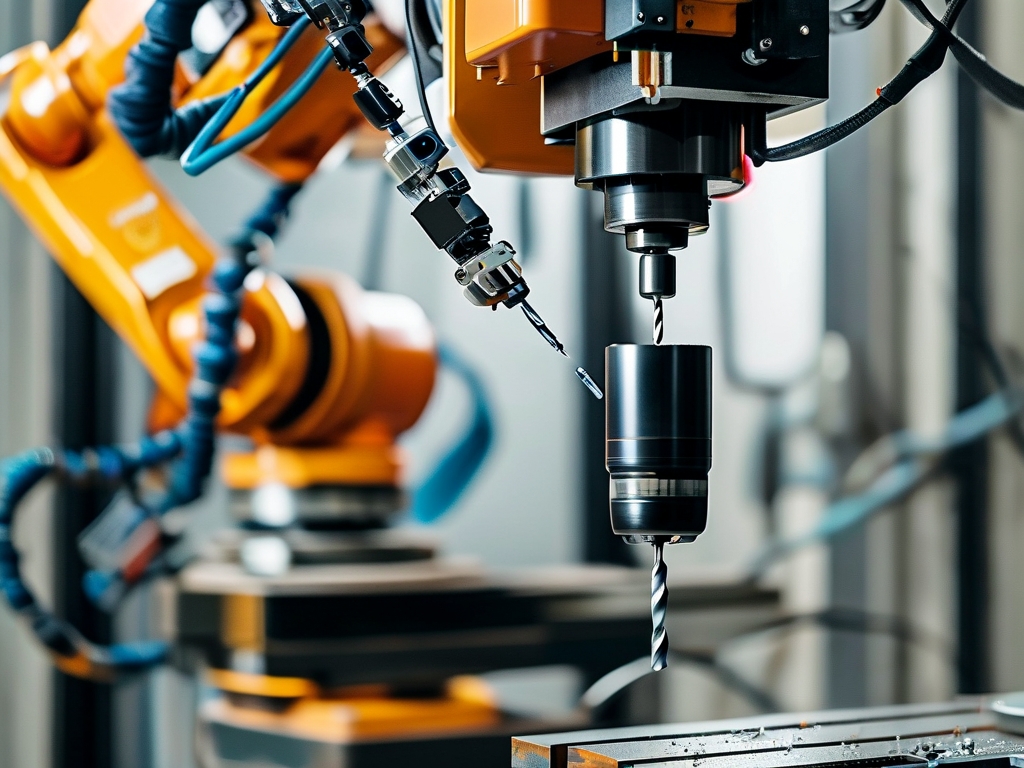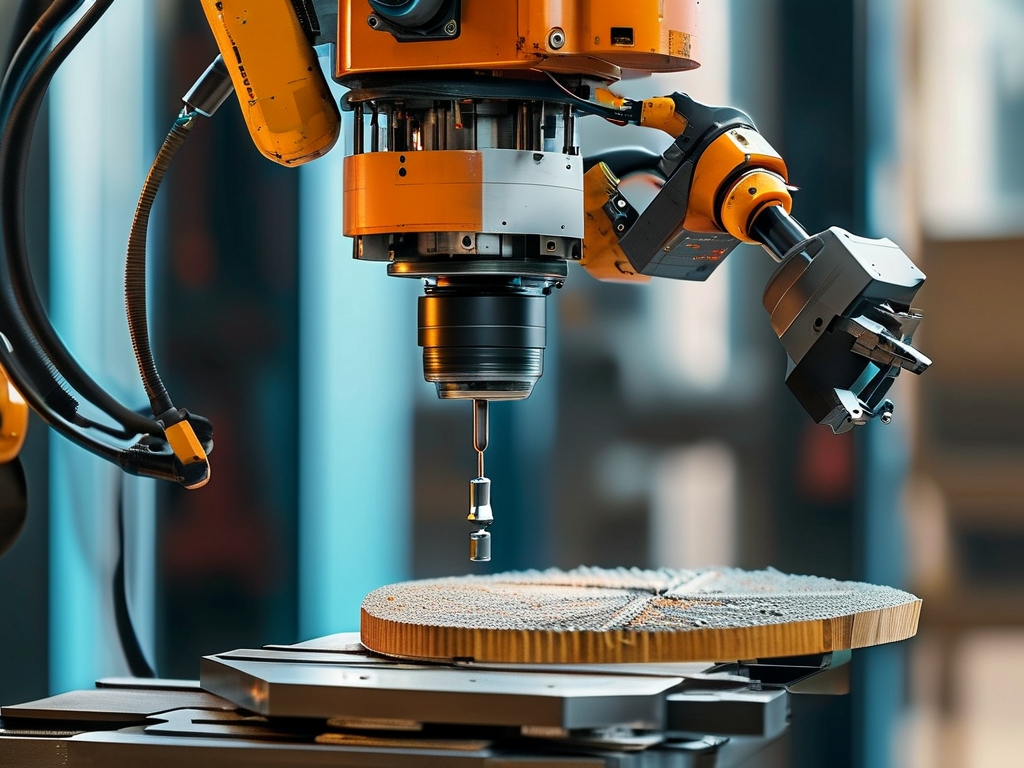The evolution of industrial automation has ushered in a new era for precision manufacturing, with robot-assisted drilling technology emerging as a cornerstone innovation. This article explores the technical foundations and real-world implementations of this cutting-edge approach, revealing how it reshapes modern production workflows.
Core Mechanism of Robotic Drilling Systems
At its essence, robotic drilling combines programmable motion control with advanced sensing capabilities to achieve millimeter-level accuracy. Modern systems integrate six-axis articulated arms equipped with specialized end-effectors, allowing multidirectional drilling operations. The process begins with CAD/CAM software converting 3D models into machine-readable toolpaths, which guide the robot's movements while compensating for material properties and tool wear.
Force-torque sensors embedded in the drill head enable real-time adjustments, detecting variations in material density or unexpected obstructions. For instance, when drilling through composite aircraft fuselage panels, these sensors automatically reduce feed rates upon encountering carbon fiber layers to prevent delamination. This closed-loop feedback system ensures consistent hole quality across diverse substrates.

Key Technological Components
- Adaptive Control Algorithms: Self-optimizing software adjusts spindle speeds (typically ranging from 500 to 30,000 RPM) and feed rates (0.01-0.5 mm/rev) based on material analytics.
- Machine Vision Integration: Dual-camera systems perform automatic workpiece alignment, achieving positioning accuracy within ±0.02 mm.
- Tool Health Monitoring: Vibration analysis modules predict drill bit fatigue with 95% reliability, reducing unplanned downtime by 40%.
Industrial Implementation Scenarios
In automotive manufacturing, robotic drilling cells complete chassis component perforation 60% faster than conventional CNC setups. A prominent German automaker recently deployed collaborative robots (cobots) that work alongside human technicians to drill 320 mounting holes per vehicle body with 99.98% dimensional compliance.
The aerospace sector benefits from mobile drilling robots that navigate aircraft surfaces using magnetic adhesion. Boeing's implementation of this technology reduced wing assembly time by 35% while improving hole circularity by 1.5 microns. These robots employ ultrasonic-assisted drilling to process titanium alloys, lowering cutting temperatures by 200°C compared to traditional methods.
Technical Advantages and Limitations
Robotic drilling systems demonstrate clear superiority in flexible manufacturing environments. Their rapid reconfigurability allows switching between different drilling tasks in under 15 minutes, versus 8 hours for retooling conventional machinery. Energy efficiency gains are notable too – studies show 22% lower power consumption per drilled hole compared to hydraulic systems.
However, challenges persist in ultra-high-precision applications. Current systems struggle with maintaining ±5 μm tolerances in micro-drilling operations below 0.3 mm diameter. Researchers are addressing this through hybrid systems combining industrial robots with precision linear actuators, achieving sub-micron repeatability in laboratory conditions.
Future Development Trends
The next generation of drilling robots incorporates AI-driven predictive maintenance and quantum positioning sensors. Early prototypes demonstrate 0.001° orientation accuracy through quantum gyroscope integration. 5G-enabled edge computing allows real-time synchronization of multiple drilling units, enabling coordinated operations on large-scale structures like wind turbine blades.
As additive manufacturing gains prominence, robotic drilling systems are adapting to handle functionally graded materials. Adaptive depth control algorithms now process parts with varying layer densities – crucial for drilling cooling channels in 3D-printed turbine blades containing both porous and solid regions.

From automotive production lines to orbital spacecraft assembly, robotic drilling technology continues to push the boundaries of precision manufacturing. Its ongoing integration with IoT platforms and machine learning architectures promises to unlock unprecedented levels of efficiency and quality control in industrial applications.









